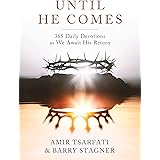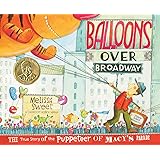Unlock the Hidden Truths: How Your Self-Description Reveals More Than You Think
Ever stared at your own reflection, wondering how on earth you’re supposed to describe yourself without sounding like a walking, talking laundry list? Yeah, me too. Writing character descriptions, especially in close point-of-view, feels like trying to capture lightning in a bottle—how do you reveal a character’s essence without awkward mirror monologues or cringe-worthy clichés? It’s a bit like mission impossible for many writers, right? But what if there are sneaky little tricks authors use to pull off this feat without making readers roll their eyes? And—here’s a kicker—what if even the bestsellers you adore are quietly bending the POV rules more than you thought? Let’s dig into the subtle art of character descriptions in close POVs and see how the pros pull off this sleight of hand with style and flair. LEARN MORE
The Short Of It
Character descriptions in close POVs
Character descriptions, oh character descriptions. I’ve written before about the struggle of writing character descriptions in narrative prose. There are pitfalls to avoid, such as laundry lists or overly specific details. However, there are numerous challenges when it comes to getting a character to describe themselves on the page.
What not to do
“Don’t have the characters stand in front of a mirror and describe themselves,” is what newbie writers are often told. “It’s a cliché. It’s weak writing.” But what’s the alternative? Especially, what’s the alternative in first person or close third POV with no other characters’ perspectives to jump into to describe your protagonist?
I don’t have all the answers — I’ve never claimed to — but here are some tricks I’ve used to make it work.
A sleight of hand
When writing fiction, the conversation about choosing POV, such as first person or third person omniscient, is to pick one and stick with it. What is rarely acknowledged is how many authors — renowned authors, bestselling authors, esteemed authors — cheat. They don’t stick in their prescribed POV or POV character. They may even — gasp — headhop.
Sometimes, it is clearly delineated by character or section breaks. The entire novel is told in “The Main Character’s” limited third-person point of view, except for the first chapter or prologue. That is from a side character’s POV, a random extra’s Outsider perspective, or in some authorial, omniscient third person.
For example, if you asked what the POV of the Harry Potter book series was, most people who’ve read it would say something like: Limited 3rd POV from Harry’s perspective. And you are not wrong that the vast majority of that series is told that way, and that is how most people remember it in broad strokes. But actually, five of the seven books start with a…


















